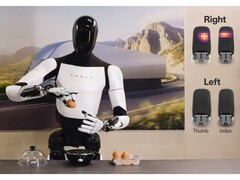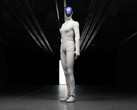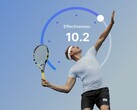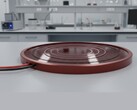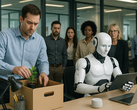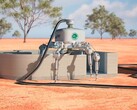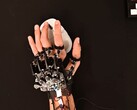In his article “Why Today’s Humanoids Won’t Learn Dexterity,” Brooks reflects on fifty years of robotics development – from early models like WABOT-1 and Honda’s ASIMO to modern machines such as Boston Dynamics’ Atlas. Despite major advances in sensor technology and computing power, one fundamental challenge remains: dexterity. Brooks calls it “the wall that everyone runs into.”
Brooks criticizes the prevailing approach in current research, which seeks to teach dexterity through end-to-end learning from video data. He argues that visual input alone cannot capture the intricate coordination of sight, touch and force control that defines human hand movements. “Speech and image recognition rely on well-structured datasets – grasping lacks that kind of structure,” he writes.
Companies like Tesla, Figure AI and Agility Robotics are currently investing billions in the development of humanoid robots intended for broad, general-purpose use. Elon Musk, for instance, has claimed that around 5,000 Optimus units will be ready by the end of 2025. To Brooks, such projections are overly ambitious. Without sensitive touch sensors and reliable hand control, any demonstration remains little more than a show. Reports suggest that unfinished prototypes without functional hands are already piling up in Tesla’s workshops – a clear sign of the industry’s core challenge.
Do robots really have to be "humanoid"?
Brooks also warns of potential physical dangers: a human-sized robot can exert considerable force if it falls, which is why he recommends keeping a distance of at least three meters. Over time, he believes the concept of “humanoid” will evolve – shifting away from human-like shapes toward purpose-built designs featuring wheels, suction arms or cameras positioned in unconventional places.
Reddit discusses
Brooks’ essay has already sparked lively debate in the robotics community on Reddit, where opinions remain divided. Many praise his sharp analysis and draw parallels to the hype surrounding autonomous vehicles. Others, however, accuse him of being overly pessimistic, arguing that advances in artificial skin, actuator technology and AI-assisted grasping could soon overcome today’s dexterity challenges.
Source(s)
Image source: Tesla via YouTube




